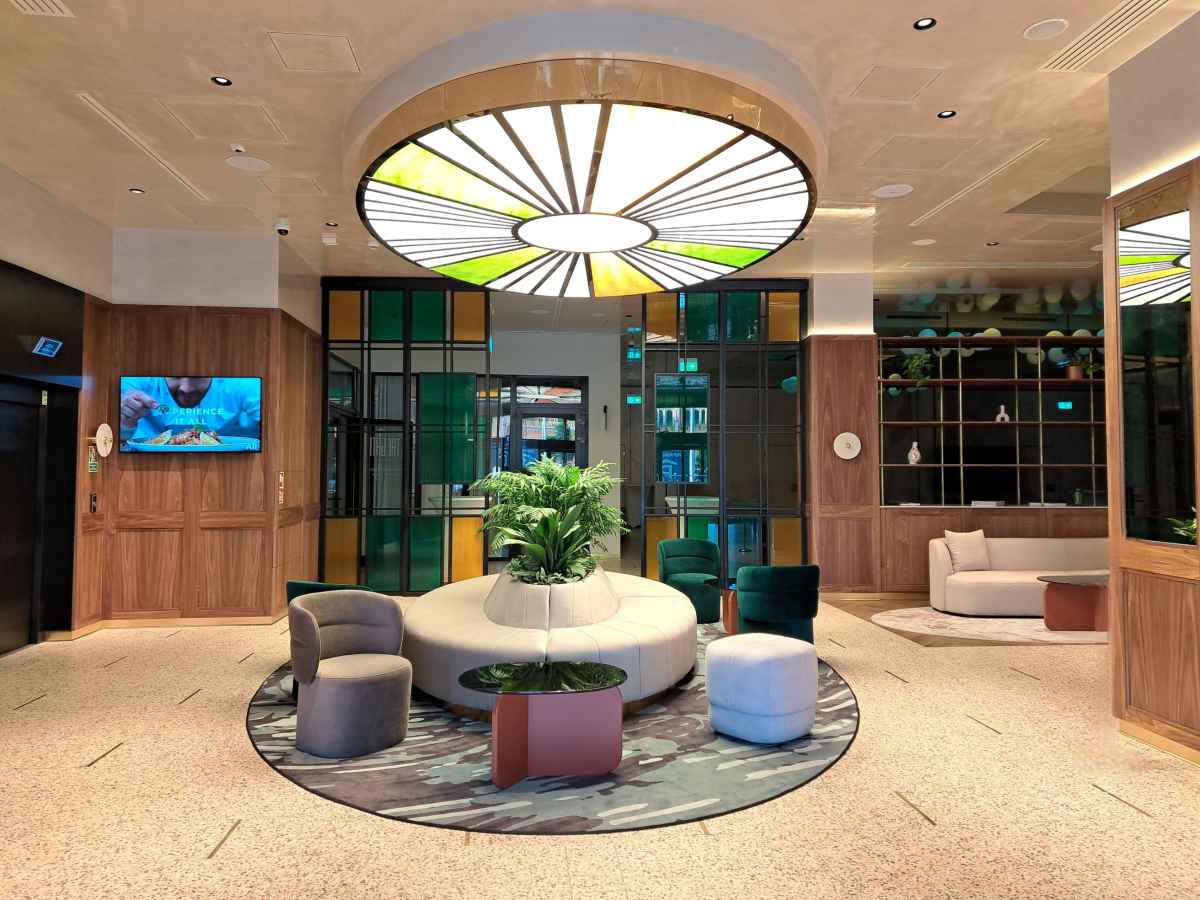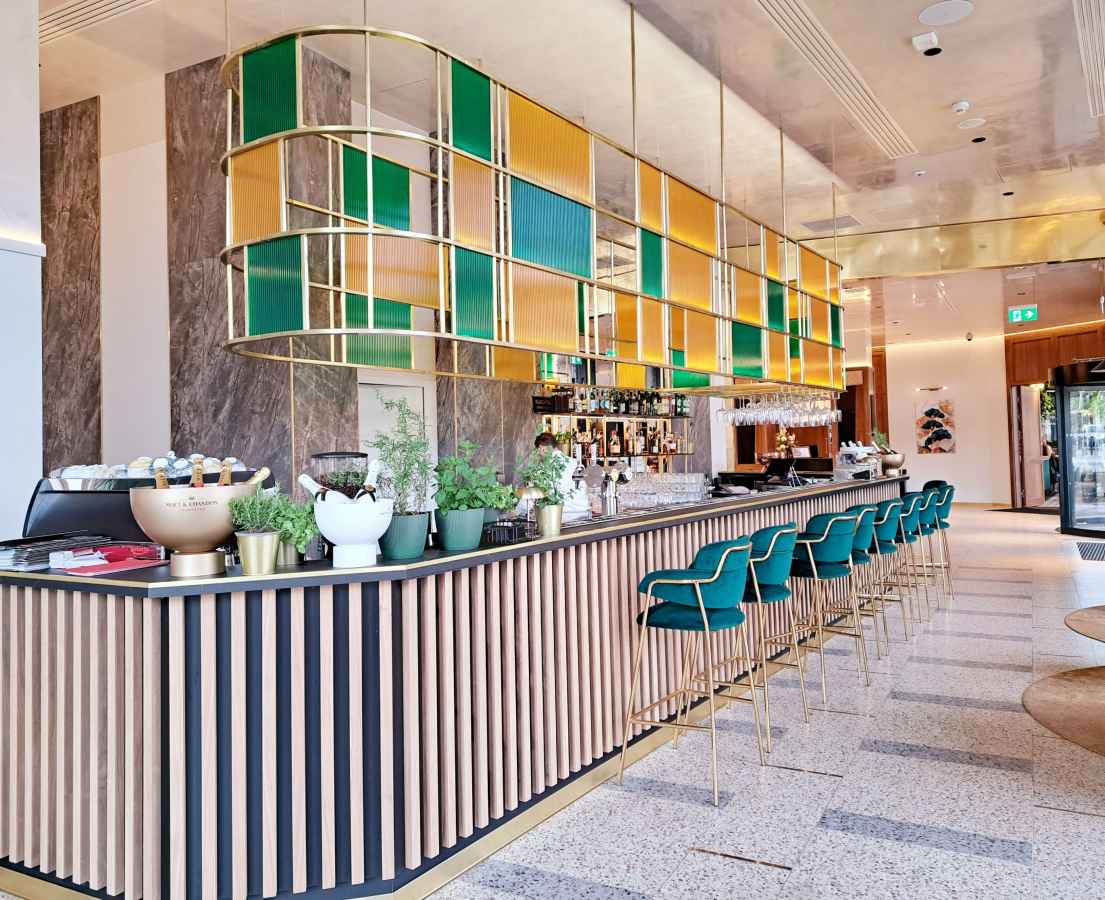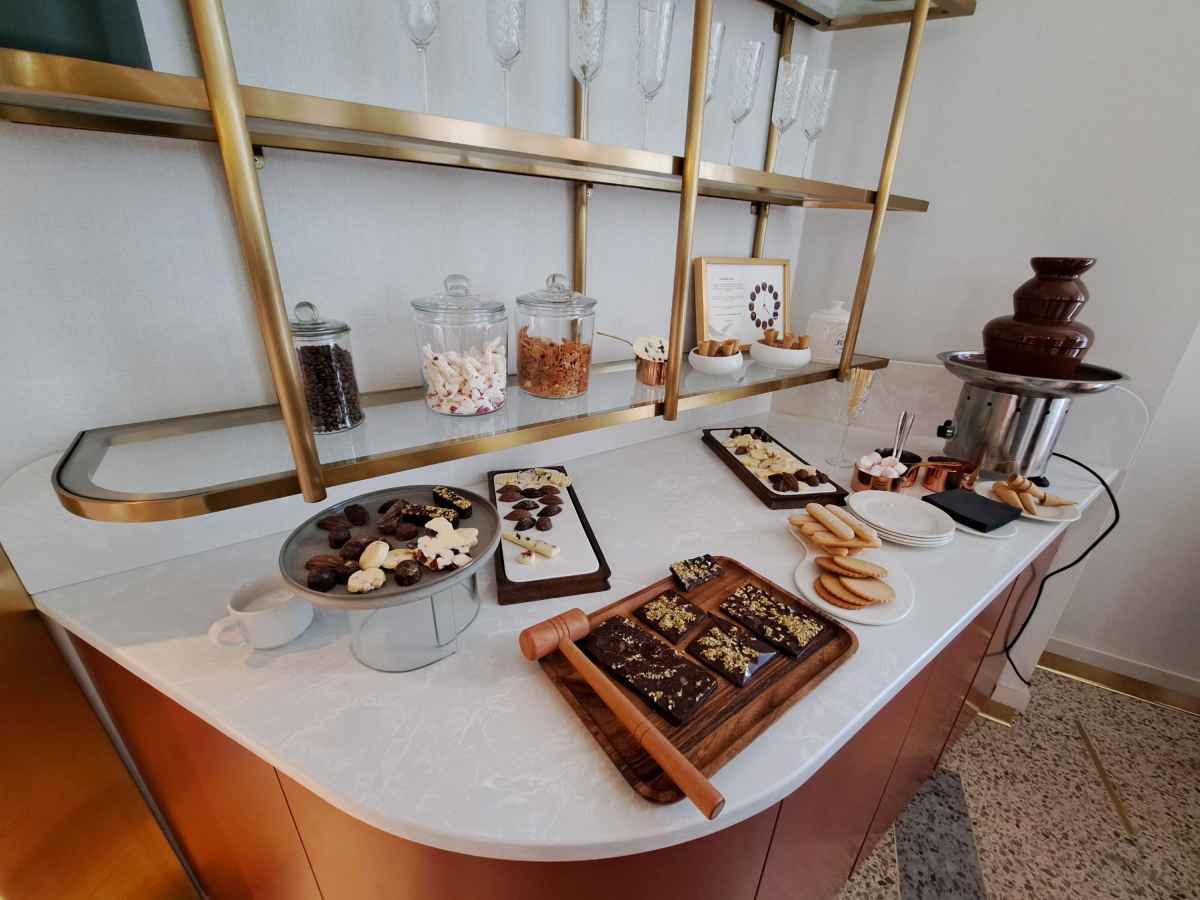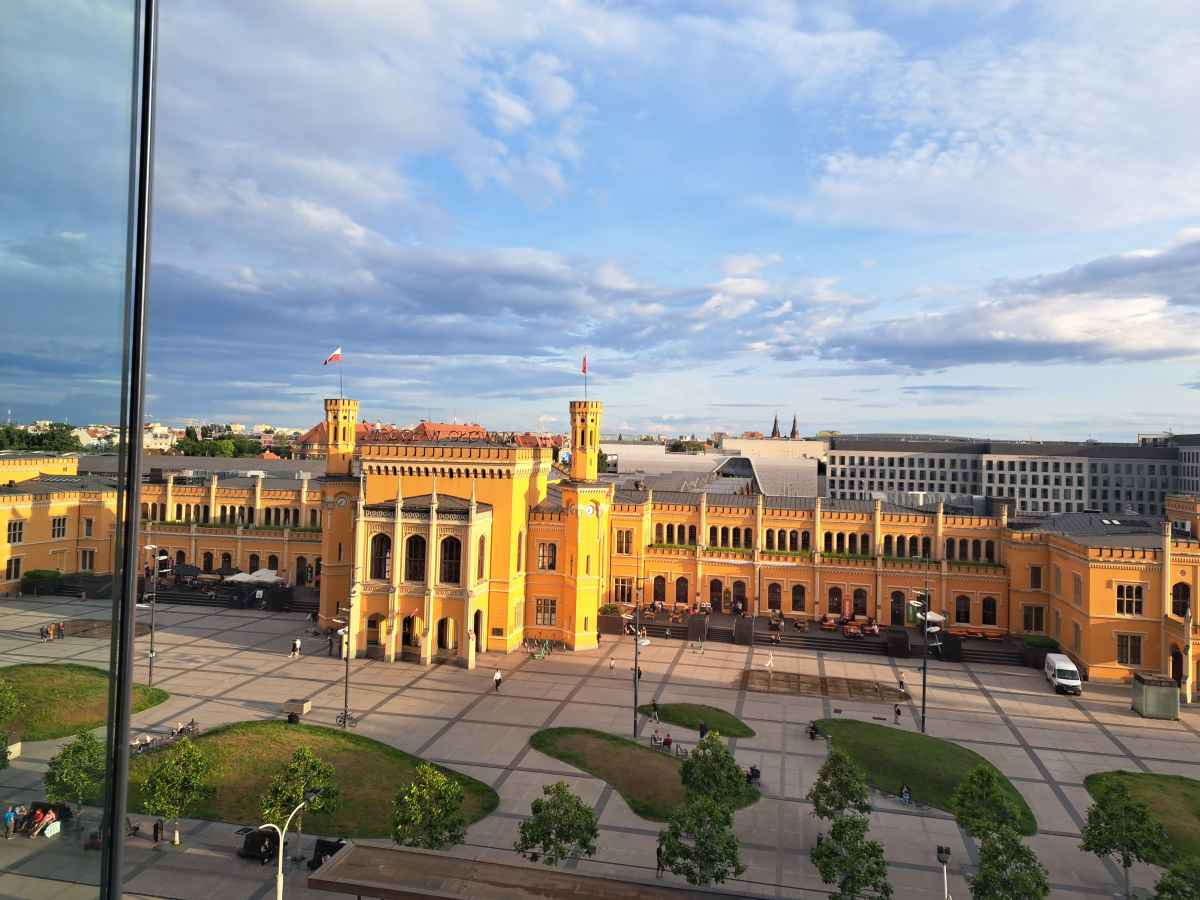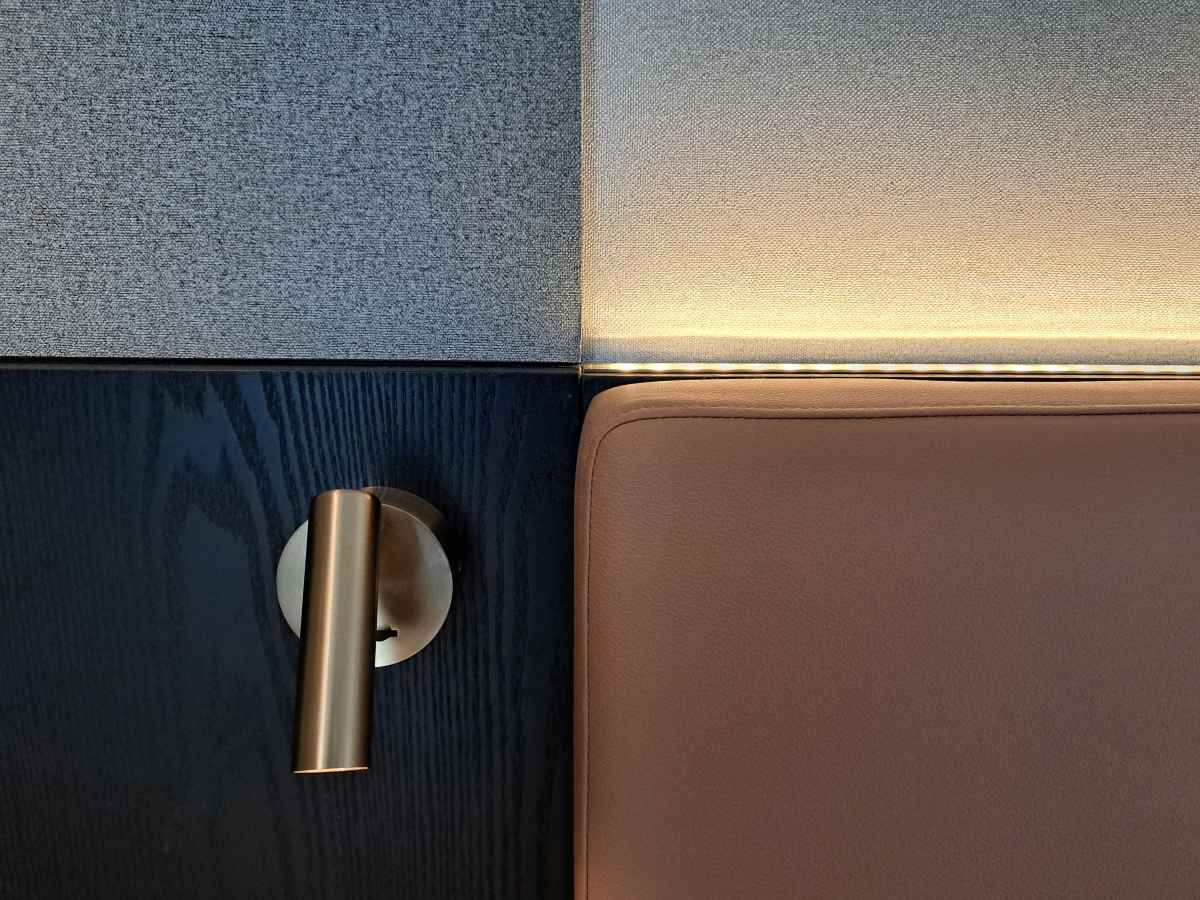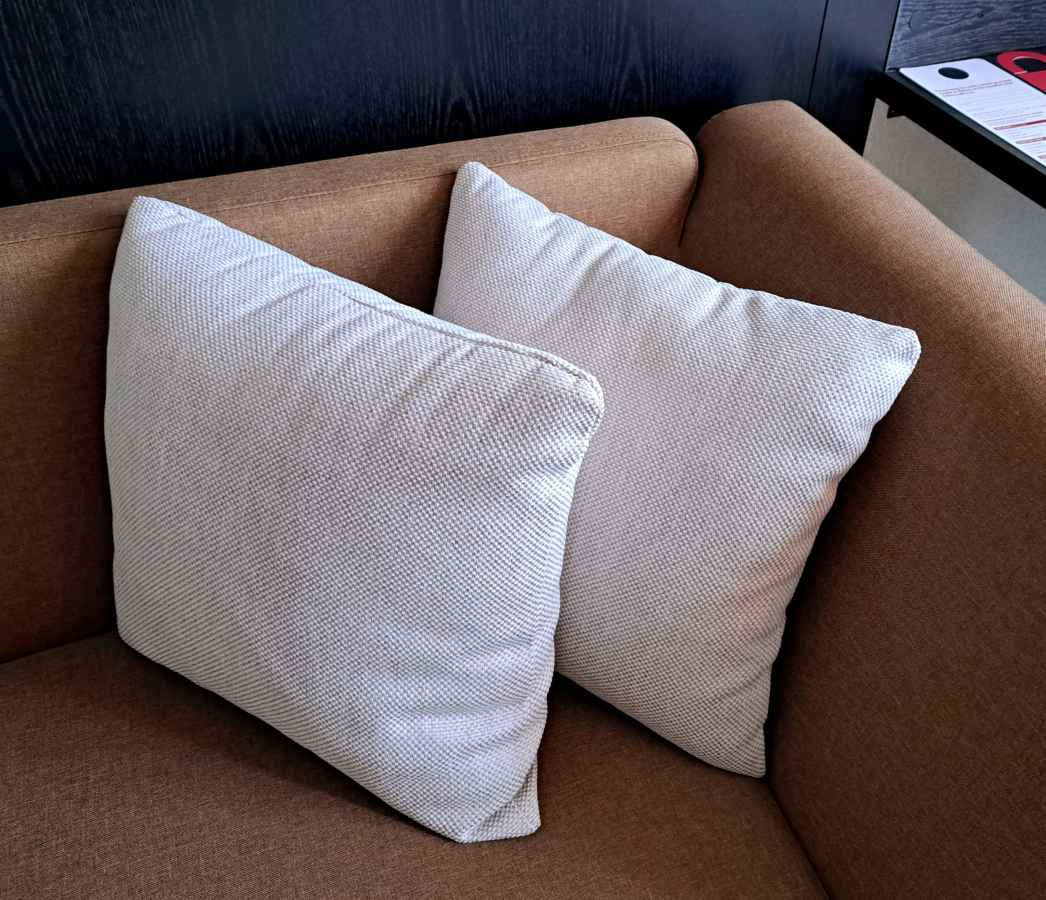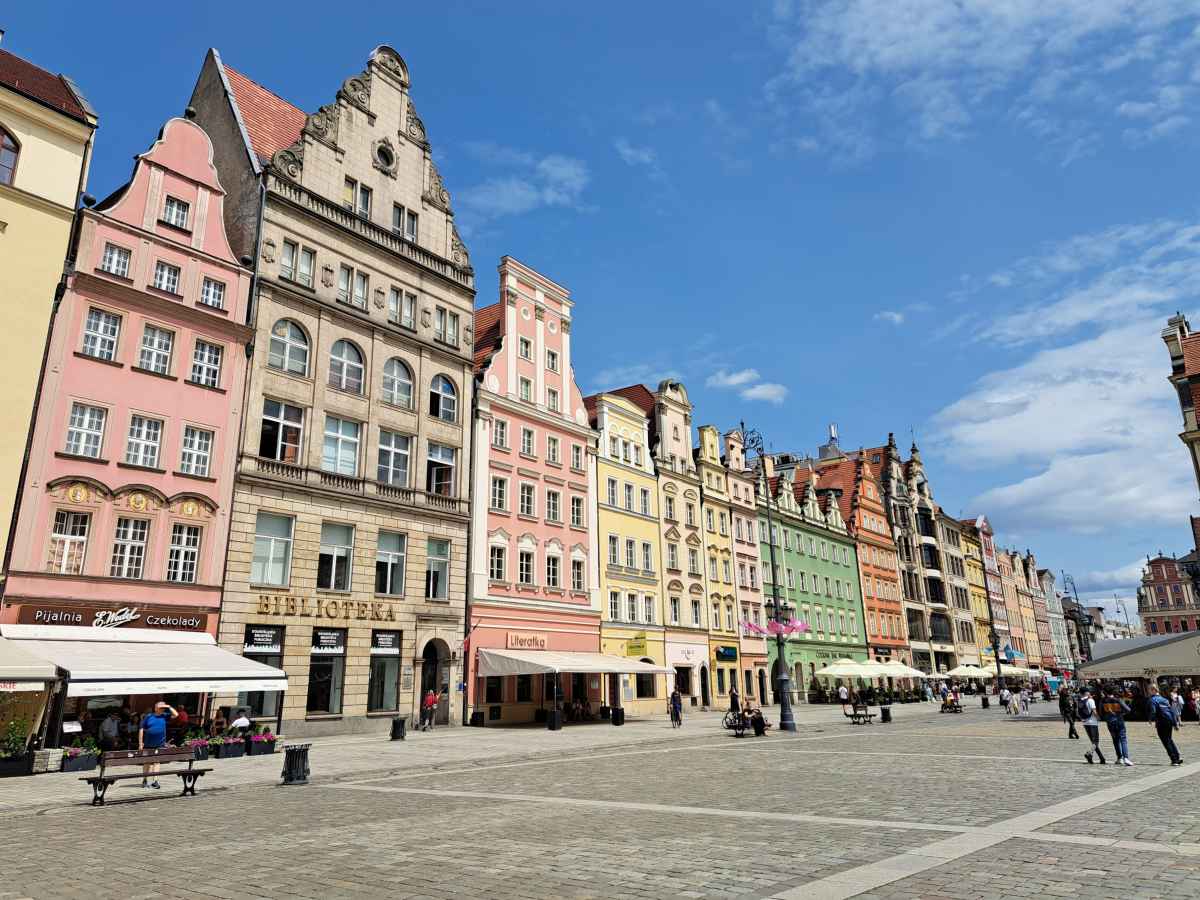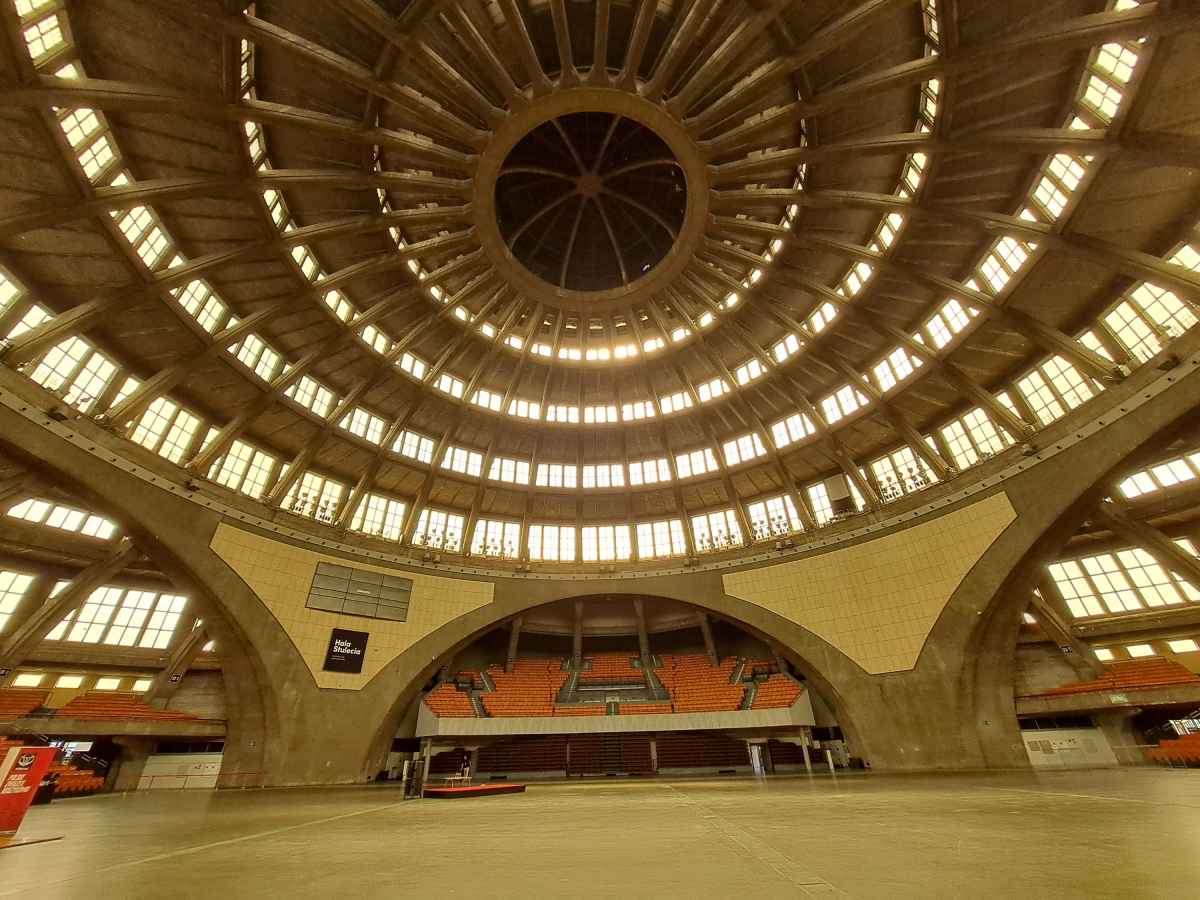MÖVENPICK GRAND HOTEL WROCLAW - UNLOCKS THE CITY GATES
Mövenpick Grand Hotel Wroclaw brings a slice of Swiss hospitality and culinary excellence to the lower Silesian capital, with a comprehensive renovation of one of the city's landmark buildings. Ramy James Salameh went to explore the hotel and destination.
Mövenpick Grand Hotel Wroclaw
The recent opening of the Mövenpick Grand Hotel Wroclaw marks a fresh chapter of hospitality for this iconic building, and for the city in which it resides. The former ‘Hotel du Nord’ which first opened its doors in 1903, has witnessed and experienced much in the intervening 122-years, until the Swiss hotel brand breathed new life into this city landmark.
Standing beneath the canopied entrance of Wroclaw Główny rail station, Mövenpick Grand Hotel’s crisply revamped art-deco façade and wrought-iron Juliet balconies dominate the parade of buildings, giving new visitors the sense they have arrived somewhere rather special.
Even more so, that the hotel’s roof tower is mirrored by a sister tower across the road atop Hotel Piast. This restores a pre-war feature recreating an architectural frame, which residents informally call the ‘city gates’ encouraging travellers like me, to explore Poland’s 4th largest city, one that was named European Capital of Culture in 2016.
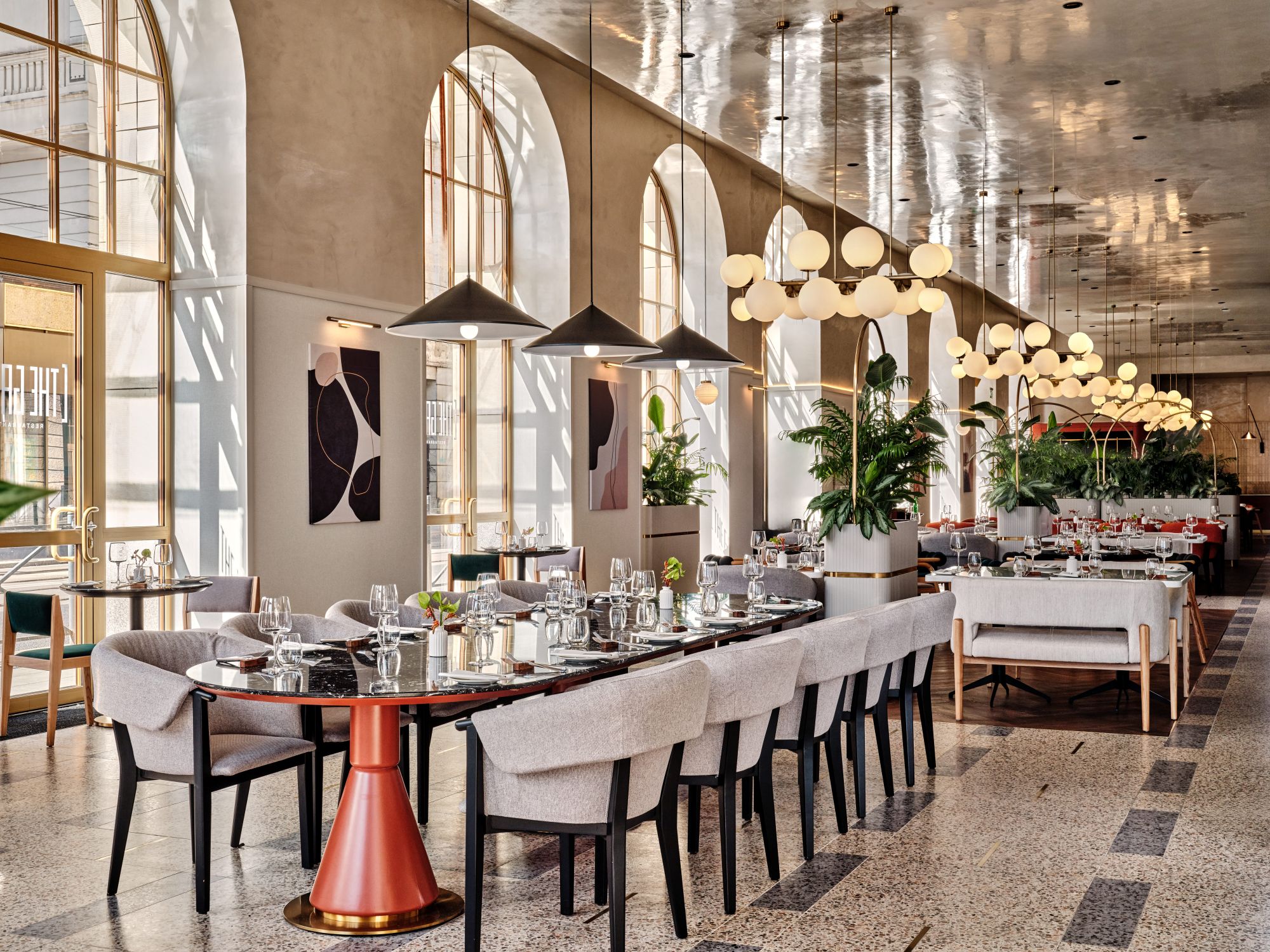
Designing hospitality
Passing through the revolving doors, one is struck by the serenity of the lobby courtesy of a calming palette of colours, which is flanked either side by an orangery-style café draped in verdant foliage, and opposite, an art-deco inspired cocktail bar which leads one onto “The Gate” restaurant, that wraps an elegant arm around the contour of the building, with imposingly glorious arched windows - a period feature.
The honey and green hues of stained-glass, illuminated within a stylised chandelier in the lobby, continues as a coherent theme above the cocktail bar and even forms the seating partitions within the restaurant. The inspiration for this came from the colours of the mid-19th century rail station directly in front of the hotel. This is just one detail of many, enhancing a meticulous build and renovation which took over seven-years to complete, with the design team always having one eye on the city’s historical narrative.
“The Gate’s” executive chef Michal Bekisz uses local produce to curate a menu of fine European cuisine, very much influenced by his Wroclavian roots, but also reflecting the Mövenpick's own Swiss culinary DNA. This includes a daily “Chocolate Hour”, where guests socialise in the lobby and sample a delectable selection of fine chocolates, one of many experiential moments at the property and a hallmark of the brand.
The hotel was thoughtfully modelled around three key pillars: a celebration of culinary heritage, a nod to early 20th-century architecture, and an immersion into Wroclaw’s artistic talents, showcased through modern art and sculptures found throughout the rooms, suites, and public spaces.
Indeed, sitting above the reception are 179 well-appointed rooms, each benefitting from high ceilings, a spacious setting and geometric-forms always linking to the external art-deco façade. The bedrooms are modern and comfortable, but several design touches again ensure they communicate with the hotel’s past. Carefully selected furniture and amenities, promote a bubble of relaxation through their earthy tones, which the creative director described as “the appetizing shades of coffee, chocolate and champagne”. Many bedrooms look out upon the canary-yellow Wroclaw train station with its impressive Tudor-gothic façade, a daily reminder to go exploring within this fascinating city.
The hotel now attracts leisure and business travellers, who could not be better connected to all parts of Wroclaw and lower Silesia, but also caters for their needs in terms of wellbeing. The lower ground floor is home to a fitness centre leading to a fully-equipped spa, this area of zen-like meditation is occasionally broken by the rumble of a tram overhead, a reminder of one’s very central location.
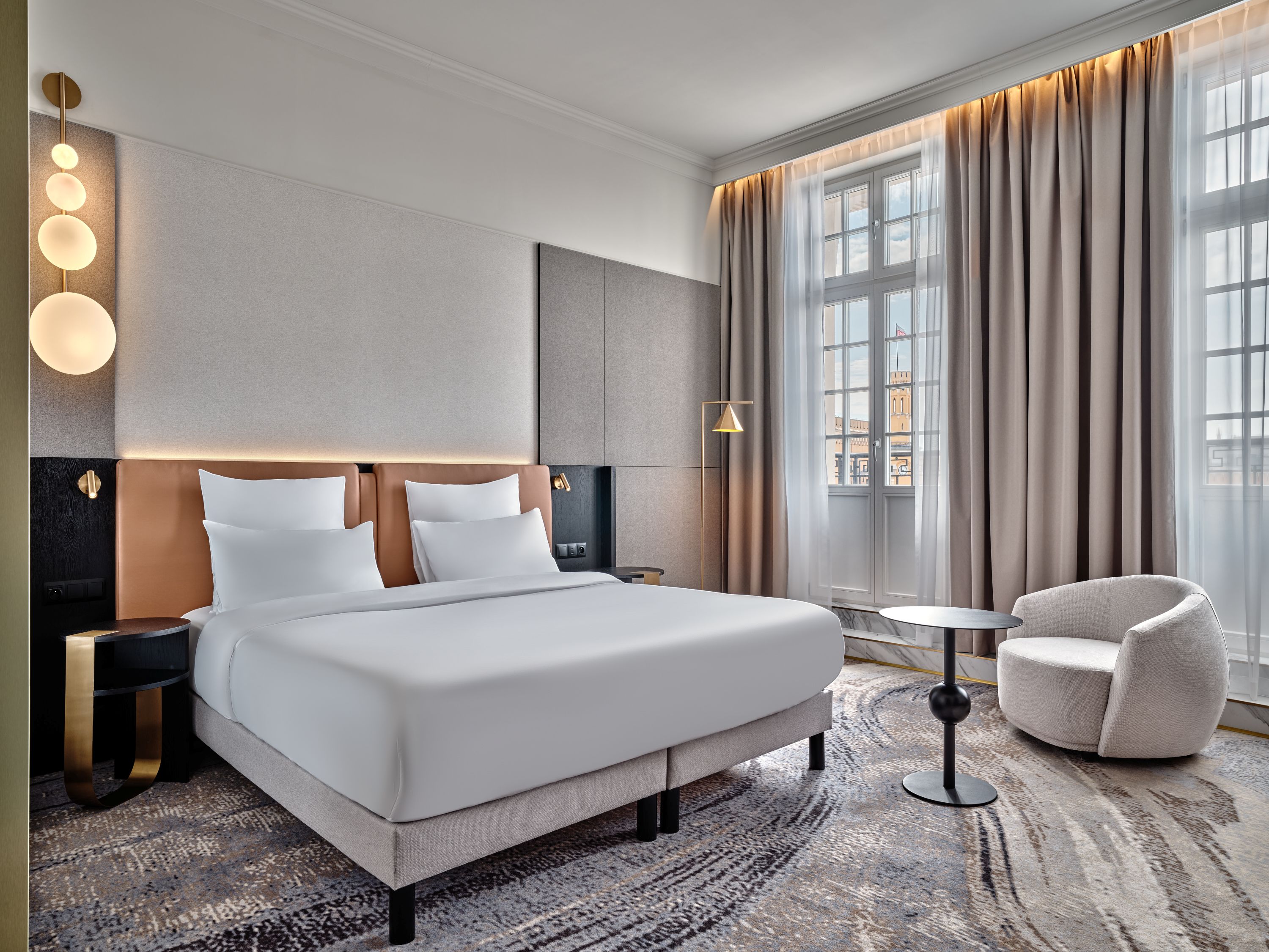
The collaboration
In the year of the Polish residency in the council of the European Union, the Mövenpick Grand Hotel Wroclaw stands as a testament to collaboration and a brand which respects the host city in which it lives, but above all continues the fine legacy of hospitality that Swiss hotelier, the late Ueli Prager, instilled when founding the Mövenpick brand in 1948 with fine cuisine, service and quality at its very heart.
Within the hotel’s expansive MICE facilities, I had the rare chance to listen to each of the stakeholder partners, who together, brought this major renovation to fruition. All were striving for the same objective, but came at the project through the prism of their individual roles – investor and developer, brand specialist and designer. The partners were united by a shared theme during a dynamic discussion that revolved around authenticity, preservation, and experience, key values that resonate with the modern traveller’s expectations and desires.
“From the outset, our goal was to preserve the unique heritage of this place and create a space that would delight both history buffs and guests seeking world-class comfort and service," said Grzegorz Rojek, CEO of Grand Hotel Wroclaw. Further adding that beyond the rebuild of the physical structure there was a need to “revive the spirit of the place and merge it with Mövenpick’s premium standards; restoring this over-100-year-old building in the centre of Wrocław was not only a business decision – it was a tribute to the city’s history and identity.”
Małgorzata Miernik, Design & Technical Director - Poland & Baltics, Accor Group stated: “Guests today seek more than just a room – they look for stories, moments, authenticity, and sustainable choices. The concept of ‘guest experience’ is increasingly defined by small rituals, local touches, and thoughtful design.”
The challenge for MIXD Studio, headed up by Piotr Kalinowski CEO & Creative Director, was translating the brief: “Design is no longer just decoration – it’s meant to engage the senses, build narrative, and create lasting impressions. Premium hotel architecture is moving toward harmony – between form and function, and between past and future. In designing Mövenpick Grand Hotel Wrocław, we aimed to subtly reference the original interior while fully meeting modern aesthetic and technological expectations."
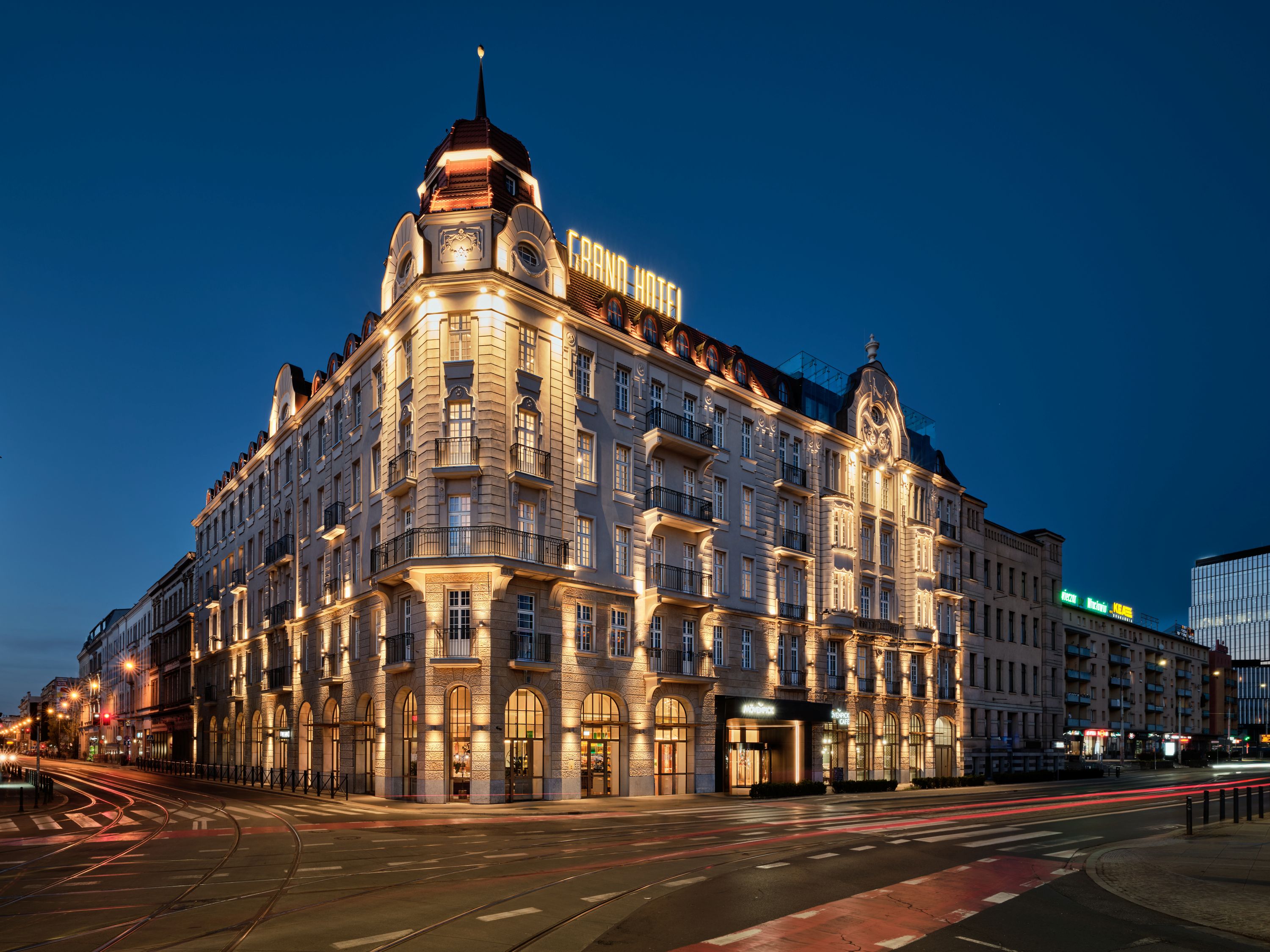
Exploring Wroclaw’s many aspects
Stepping out from the Mövenpick, I turned right onto ul. Kołłątaja, and after a short stroll found myself in Wroclaw’s stunning medieval Market Square, the historic heart of a city shaped by centuries of shifting borders, cultural influences and conflict. Strategically located at the crossroads of ancient trade routes, Wroclaw has belonged to ten different states throughout its rich and layered past.
As one of Europe’s largest and most visually striking squares, it is framed by an eclectic mix of Gothic, Baroque, and Renaissance façades, encompassing merchant houses, the historic Cloth Hall, and duo of town halls. Among the square's many highlights is ‘Piwnica Świdnicka’, Europe's oldest restaurant (established in 1293), where you can dine amid vaulted, candlelit cellars below the Old Town Hall, sampling traditional Silesian fare and house-brewed beer.
Walking upon these cobbled streets, it's humbling to reflect that Wrocław has been the alma mater to ten Nobel Prize winners, including physicist Max Born and writer Olga Tokarczuk. Their legacy continues in the city’s vibrant intellectual and cultural spheres. Adding to this list of greats, and maybe one person who left another enduring legacy was Max Berg, whose architectural genius created one of Wroclaw's most impressive structures - the UNESCO World Heritage listed ‘Centennial Hall’, a concrete dome that continues to give back to the city ever since completion in 1913, hosting a diverse programme of world-class events annually.
Another short stroll from Market Square brings you to Wrocław University, a masterpiece of the Baroque period perched on the Odra riverbank. Founded in 1702, it boasts the ornate Leopoldinum Hall, an opulent ceremonial space that ranks among Poland’s greatest treasures. The university’s ‘Mathematical Tower’ looks out upon the river and Cathedral Island, one of many attractions that time did not allow me to visit but a compelling reason to return to the city.
A plethora of bridges cross the Odra River, its tributaries and canals, giving the city its moniker as the “Venice of the North”. It is upon this waterway that an alternative perspective of the city can be found, especially to view the university, the old hospital and traces of the old city walls. The pace of life on the water, always seems slower and more serene, so make sure to take a coffee at 'Odra Centrum' - Wroclaw's floating educational and cultural space moored beside the river at Wybrzeze Słowackiego.
Balancing with the old, is the youthful energy which pulses through the city, thanks to a large student population. Head to the buzzing ‘Neon Alley’, a hidden courtyard where salvaged neon signs from the communist era glow beside colourful graffiti. For more street art, explore the nearby 'Nadodrze' district; a once-gritty neighbourhood reborn through creativity and now brimming with murals, galleries, and indie cafés.
Wroclaw’s imagination is also on full display through its beloved gnomes, more than 800 whimsical bronze figures scattered across the city. What began in the 1980’s as anti-communist graffiti by the Orange Alternative movement has grown into a charming gnome-hunting adventure, complete with mobile app guides. Art and ingenuity even echo through Wrocław Główny railway station. On its mezzanine level, you'll find a modern library, the BWA contemporary art gallery, and a striking vantage point over the main ticket hall, where travellers criss-cross beneath soaring arches rushing towards platforms.
Whether I was trailing charming bronze statues, soaking in Baroque grandeur, or stumbling upon quiet courtyard murals, Wrocław revealed its complex history and artistic soul at every turn. It left me echoing the words once attributed to Frédéric Chopin after his visits—'we were reluctant to leave Wrocław.' Surely, had he returned today, he too would have found comfort and inspiration at the Mövenpick Grand Hotel Wroclaw.
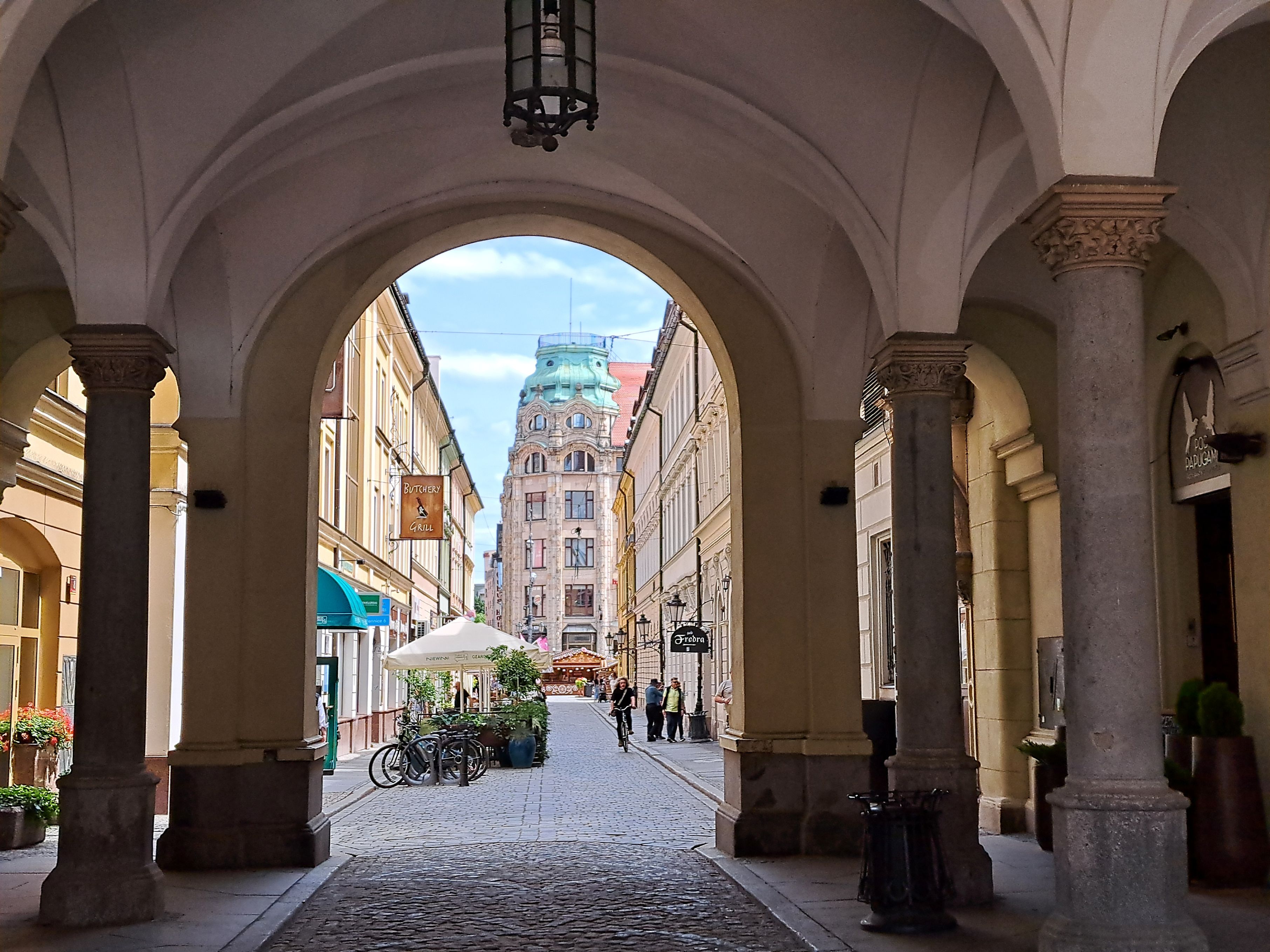
(Image Credit: Ramy Salameh & Mövenpick Grand Hotel Wroclaw)

